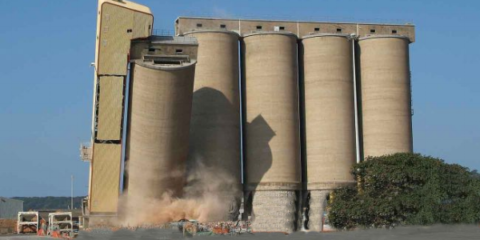Commodities are defined as being interchangeable and viewed as equivalent with minimal regard to who produced them. During the procurement process, buyers lump forklifts into this category very frequently. This is witnessed in their purchasing approach, where they bid various suppliers in either a Request for Quotation (RFQ) or Request for Proposal (RFP). With a snapshot of their current information and a supplier’s bid, a winner is chosen, and then the buyer’s attention moves to another project. Unfortunately, this methodology is fatally flawed for forklifts and will be dissected here.
First, forklifts are custom built. The ability to buy large quantities in stock or a “standard” forklift doesn’t exist. Every forklift has, at minimum, thirty specifications that need to be reviewed, discussed, and confirmed, which are influenced by an organization’s safety standards, the application, and the environment. Also, pricing is subject to the market when the order is placed, so multi-year bid awards or creating a national account does not guarantee long-term low pricing. Coupled with today’s supply chain woes, a few wrinkles can quickly increase pricing 7-10% or push lead times out by several months with each having a negative impact on a project’s initiatives.
Buyer’s focus on the short-term cost of the forklift and limited scope of the supplier’s services neglects to interpret and calculate the long-term influence of the chosen program. Every small aspect of ongoing program services (labor rates, PM frequency, trip charges, parts pricing, etc.) will have a cumulative bearing on the total cost of ownership, which can quickly outweigh the few dollars saved initially.
Lastly, the most overlooked area within an RFQ/RFP is the lack of having or creating an ongoing system to manage each individual forklift. OEM forklift suppliers do not have the resources to manage this need, especially when multiple suppliers are awarded, or the business has various locations nationally. Each forklift has its own lifecycle and should be managed accordingly, otherwise the results are not optimized.
There are too many intricacies, too many influencing components, and ongoing attention to detail to allow forklifts to be viewed as a commodity. So why do organizations treat them like one? It could be the influence of short-term initiatives and bonuses, lack of industry knowledge, or merely over tasked with responsibilities. Regardless of the issue, there is a better approach, and it starts with data. Know what you have, know where you’re spending, and know where there is opportunity. Yes, it starts with having a baseline, but it also requires a path to execute and system to support ongoing growth and change. Forklifts aren’t a commodity to be bid, but an ever-changing variable that needs enduring management and processes that leverages their output of information.



